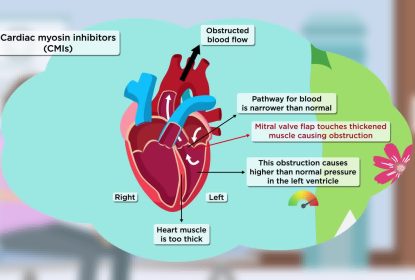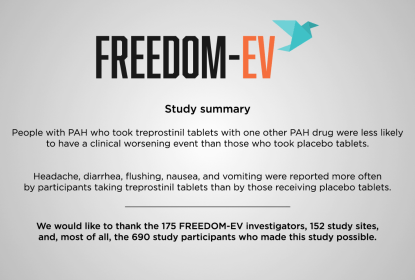
Re-challenging antibiotic resistance with Daniel Berman
How can we prevent the rise of resistance to antibiotics? In this video, Daniel Berman, Nesta Challenges, discusses the global threat of AMR and how prizes like the Longitude Prize can foster the development of rapid diagnostic tests for bacterial infections, helping to contribute towards reducing the global threat of drug resistant bacteria. Daniel outlines how accelerating the development of rapid point-of-care tests will ensure that bacterial infections are treated with the most appropriate antibiotic, at the right time and in the right healthcare setting.
Related videos:
To learn more about the Longitude Prize, watch our companion interview ‘Innovations in point of care testing for bacterial infections: The Longitude Prize with Daniel Berman‘.
About the author:
Daniel Berman is Head of the Global Health Team, including the Longitude Prize, at Nesta Challenges. Prior to Nesta, Daniel worked for the World Health Organization in Ethiopia on a local pharmaceutical production project. Previous to that he was at Médecins Sans Frontières (MSF) for more than 16 years. At MSF he had multiple assignments in the Access to Medicines Campaign which focuses on stimulating and steering innovation and access to medicines, diagnostics and vaccines. From 2012-2015 Daniel was General Director of MSF Southern Africa, based in Johannesburg, South Africa. Daniel is currently a Trustee for QUAMED, a French NGO that supports humanitarian organisations and national procurement institutions to improving the quality of medicines.
About the prize:
The Longitude Prize is a £10 million project designed to incentivise the development of a rapid diagnostic test to improve the use of antibiotics. Daniel represents Nesta in international One Health forums designed to address the challenge of AMR. This includes championing new strategies to address the market failure that has led to a lack of diagnostic products to address AMR.



